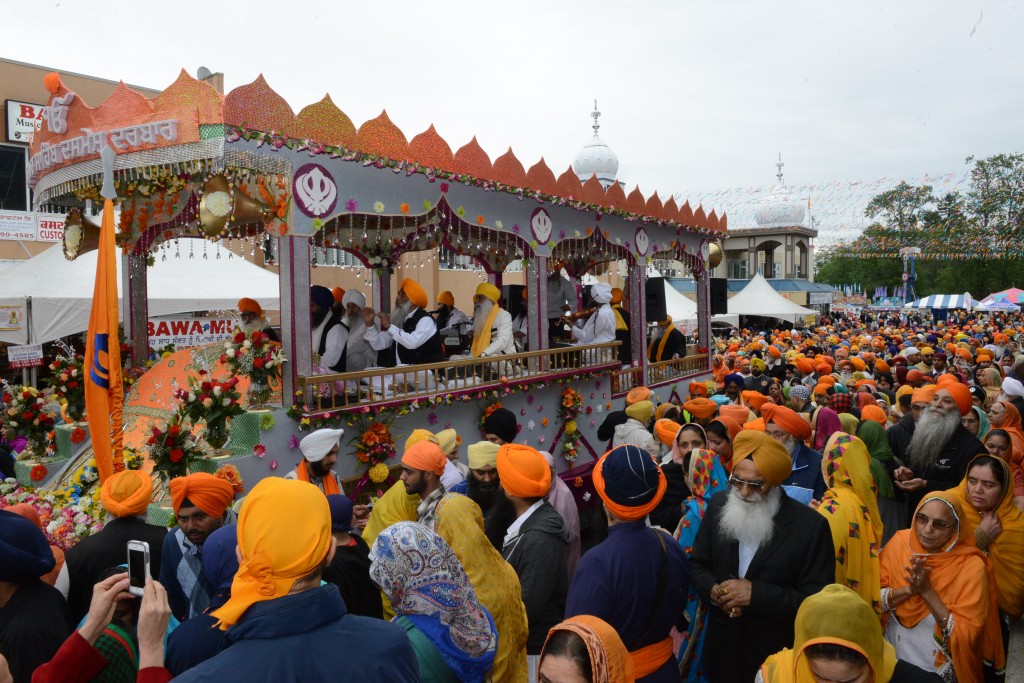DESIBUZZCanada
Events Listings
Dummy Post

International Day Of Yoga To Be Virtually Celebrated Saturday At 4pm

CANCELLED: Coronavirus Fears Kills Surrey’s Vaisakhi Day Parade

ADVERTISE WITH US: DESIBUZZCanada Is The Most Read South Asian Publication Online

SURREY LIBRARIES: Get Technology Help At Surrey Libraries

WALLY OPPAL: Surrey Police Transition Update On Feb. 26

GONE ARE THE DAYS - Feature Documentary Trailer

Technology Help At Surrey Libraries

Birding Walks

Plea Poetry/short Story : Youth Contest

International Folk Dancing Drop-in Sessions
Sfu Professor Who Travelled To India To Study Bhopal Gas Disaster Says Victims Still Suffering
- June 23, 2017

POSTED BY: DESIBUZZCANADA JUNE 23, 2017



“Our results indicate that the survivors of the Bhopal gas disaster continue to be afflicted with eye diseases that are prevalent at a higher rate than in a comparable region of India, which may potentially be linked to gas exposure,” says computing science professor Leonid Chindelevitch.
SURREY – On December 3, 1984, a gas leak in Bhopal, India claimed the lives of at least 3,000 people in just a few days. An estimated 569,000 people were exposed to the gas as it spread into the city, leading to a number to health issues that survivors continue to deal with today.
“It is the world’s largest industrial disaster,” says SFU computing science professor Leonid Chindelevitch.

An estimated 26-40 tonnes of methyl isocyanate gas leaked from the Union Carbide chemical plant. While eye and vision problems were one of the many health issues reported by survivors, there has been a lack of studies to fully evaluate the impact of the incident
“In 1992, the Indian Council on Medical Research suspended its investigations on eye conditions afflicting the survivors,” says Chindelevitch.
His latest paper, published in May 2017, fills that almost 15-year gap in research publications examining this topic.
“Our results indicate that the survivors of the Bhopal gas disaster continue to be afflicted with eye diseases that are prevalent at a higher rate than in a comparable region of India, which may potentially be linked to gas exposure.”
When he was a graduate student at MIT, Chindelevitch was a part of his university chapter of Amnesty International, a non-profit human rights organization. As he learned more about the Bhopal gas disaster, he got more involved in raising awareness of this incident, and later helped lead a North America campaign to bring attention to the neglected disaster survivors.
“I was incredibly moved by the magnitude of the ongoing suffering as well as the feeling that relatively small actions could make a big difference in the situation. So I saw an opportunity and got involved.”
Then in March 2012, he travelled to Bhopal.
“My colleague PremNandhini Satgunam and I wanted to be more than just spectators, and wanted to put our research skills to use,” he says.
Since Satgunam is an optometrist, they decided to perform voluntary eye screening tests on survivors at the Sambhavna Clinic, the only community-based clinic in the area providing high-quality medical care to disaster survivors at no cost.
Now published, their research examines a variety of eye conditions, the frequency of these conditions among study participants, as well as their visual acuity.

Results show that the survivors continue to suffer eye and vision problems, and receive inadequate care for it. And in cases where patients received prescriptions for glasses, only a few are able to afford it.
“Our main hope is that the paper serves to encourage the community, both of eye care professionals and the community at large, to learn more about the ongoing consequences of the Bhopal gas disaster,” says Chindelevitch.
The authors also encourage the community to support organizations that assist the people affected by the incident, such as the Sambhavna Clinic, which continues to provide free health services to survivors.

















